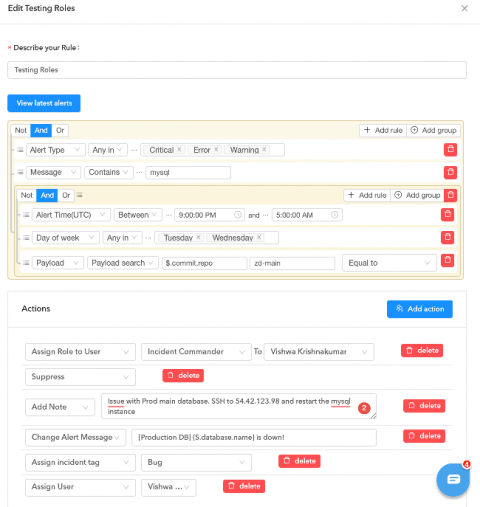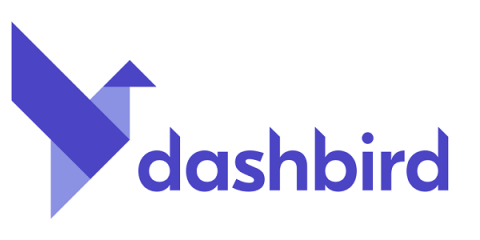Incident Alert Routing - reducing noise and getting woken up only by alerts that matter
Site reliability engineers have one of, if not the, toughest roles in any organization. While dealing with incidents is one part of the job, the other is to build reliable systems. Google’s SRE book sums this approach nicely. One of the most important challenges for an SRE when it comes to balancing work between firefighting and toil reduction is the issue of alert noise.









